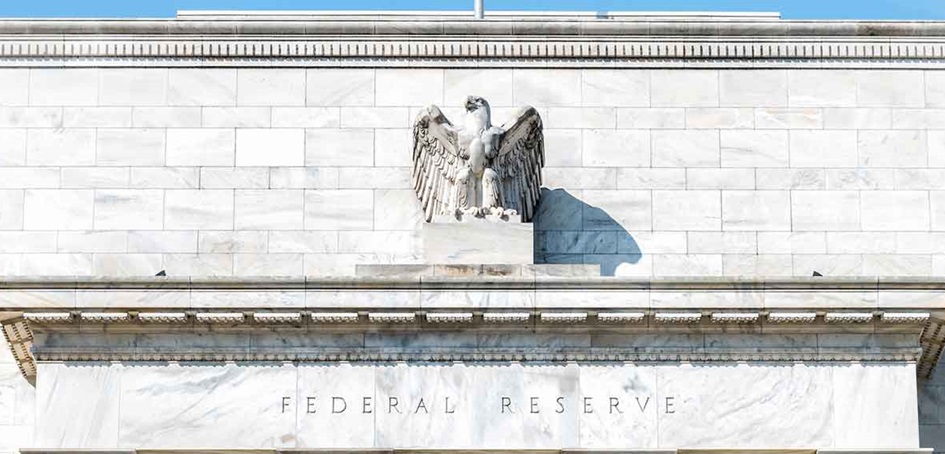
Residential Market Commentary – A nuanced but notable signal from the U.S. Fed
Anyone trying to forecast the course of interest rates in Canada is advised to keep one eye on what is happening in the United States.
On Friday the Chair of the U.S. Federal Reserve, Jerome Powell, sent a noteworthy signal. During his address to the Jackson Hole Economic Symposium Powell announced that key aspects of the U.S. economy are showing good improvement, and the central bank could start reducing economic stimulus later this year.
Since the start of the pandemic, the U.S. Fed has been working to keep money flowing through the economy by purchasing US$ 120-billion in government bonds every month. The, so-called, “quantitative easing” is an effort to hold interest rates down and encourage borrowing and spending.
Economists have pointed to a rollback in “Q-E” as a precursor to possible interest rate increases. The Bank of Canada has trimmed its quantitative easing twice since April, and has projected interest rates could start to rise in the second half of next year.
The U.S. Fed had been saying it did not see interest rate increases coming until later in 2023. But the Friday’s comments from Powell did not include a timeline for “Q-E” cuts or rate hikes.
Inflation – one of the key factors in setting interest rates – has been spiking in both Canada and the U.S. as the economies recover. But the central banks in both counties say it is just temporary as production and supply chains get back to normal.
As always, the course of the pandemic remains the wildcard in any economic planning and forecasting.
From,
- First National Financial LP
- August 30, 2021
